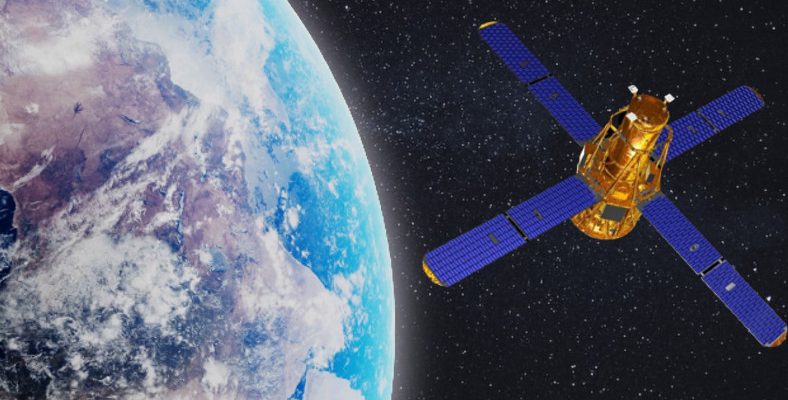NASA announced that a satellite weighing 272 kilograms, which completed its mission 5 years ago, will enter the Earth’s atmosphere at 04:30 on Thursday morning. While it was not explained where the satellite, most of which is expected to burn, will fall, it was stated that it is less likely to harm people.
The U.S. Aeronautics and Space Administration (NASA), which was sent into space years ago and is now out of service The Reuven Ramaty High Energy Solar Spectroscopic Imager (RHESSI) weighing 272 kilograms announced that the satellite is expected to fall to Earth on the night connecting Wednesday to Thursday.
RHESSI satellite, from 2002 until 2018 had been active. The satellite, which has been in space for more than 20 years, solar flares He had helped NASA understand the basic physics behind such powerful bursts of energy. In addition, he recorded more than 100,000 solar events during his 16-year mission.
According to NASA, the satellite, which is unknown where it will fall, is very unlikely to harm people
A NASA rendering of the RHESSI satellite
NASA, which received information from the US Department of Defense, said in a statement on Monday that the satellite is estimated to enter the Earth’s atmosphere at 04:30 tonight. This time on Tuesday 04:40 and it was stated that this period may change by plus or minus 10 hours.
In addition, the agency most of it burns when it enters the atmosphere. waiting; However, he stated that some areas may reach the surface. Where the satellite will hit is not included in the explanations, while NASA said that the possibility of harming any human from the fall. in 2467 there is a probability that very little added.
RELATED NEWS
‘Collision’ of Two Spiral Galaxies Spotted: Brighter Than 1 Trillion Suns!
There are millions of “space debris” in Earth orbit

RHESSI’s return to our planet is another reminder that Earth’s orbit is becoming increasingly crowded and the number of “space debris” is increasing rapidly. Estimates of the European Space Agency are greater than 10 centimeters 36500 pcs1 to 10 cm 1 million piecesif it is between 1 cm and 1 mm, approx. 130 million piece indicates that space junk is in orbit.
The excess of these objects poses a great danger both for our planet and for space studies. While space debris damages the Earth with the chemicals they release, it also poses a great risk for active satellites and crewed or uncrewed flights by moving very fast.
RELATED NEWS
Scientists Worried: Rapidly Increasing Space Trash May Prevent Us From Finding Other Possible Civilizations
Source :
https://www.usatoday.com/story/news/nation/2023/04/19/dead-nasa-satellite-rhessi-crash-earth/11690217002/
